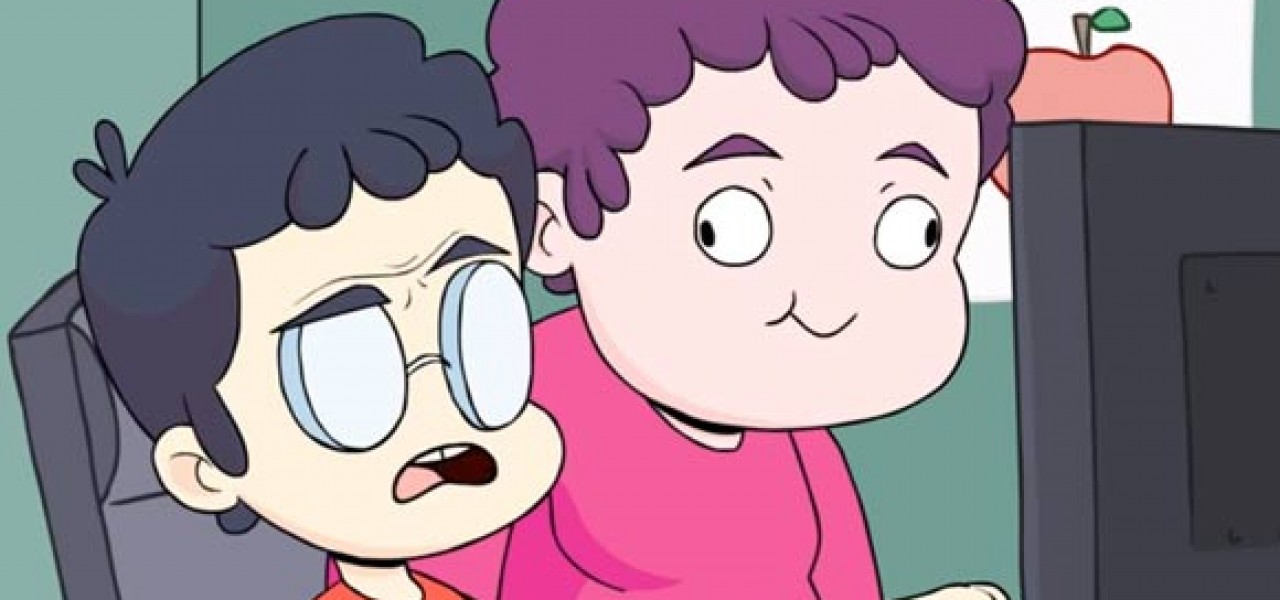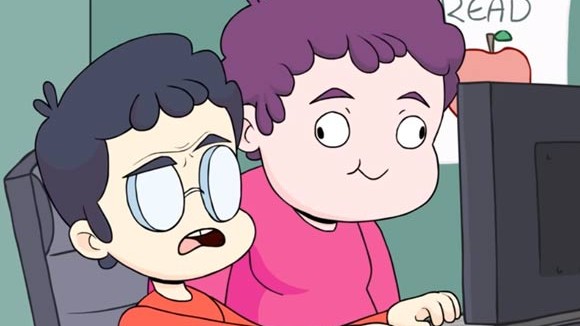

Is YouTube Making It Harder for Animators To Make Money?
Ross O’Donovan, an Australian animator who creates Internet animation using the handle Rubber Ninja, has posted a video that argues recent changes in YouTube’s algorithms give preferential treatment to live-action content creators while making it more difficult for animation creators to earn money.
Since an increasing number of animation artists earn a living by creating online content, and Google-owned YouTube is far and away the largest video platform in the United States, these algorithm changes are a troubling development. O’Donovan explains what’s happening in this 9-minute piece:
He claims that YouTube has switched its algorithms for determining “premium content.” While they used to reward video views, now they reward minutes of video watched and frequency of uploads. Channels that excel in the latter two metrics will receive more prominent placement on their platform, as well as attract the premium advertisers who pay higher CPM rates. (CPM stands for Cost per Thousand Impressions, which is a common standard for online advertising rates.)
The problem with this, O’Donovan says, is that producing animation is far more labor intensive than producing live-action content. Independent animators cannot create long videos or upload with the frequency that YouTube’s algorithms require for premium placement.
For example, Simon’s Cat, one of the most successful YouTube channels operated by an independent animator, has uploaded around 70 minutes of content in six years. Many popular live-action channels produce that amount of content in a week or two.
As O’Donovan points out in his video, YouTube’s algorithms discriminate against animation, even if the animation is produced to the highest standards. He explains:
Any channel that is able to produce 10 minutes or more of content on a regular basis is able to be entirely self-sustaining. I speak firsthand on this as a member of the YouTube channel Game Grumps. We produce 30 minutes of footage every day, something that is inconceivable for any animation channel to achieve. Now, understand, I’m not saying in any way, shape, or form, is this kind of content bad…What I’m trying to say is that [YouTube] in changing [its algorithms], they have unintentionally set the playing field for what content is being produced on their platform. Unless an animation production is being backed by an already-established YouTube channel…it’s going to become a more and more scarcely seen kind of content on YouTube.
O’Donovan discovered these algorithm changes in the FAQs that YouTube provides for its certification program. According to YouTube:
* YouTube rewards a 6 minute video with 55% retention (3.3 minutes total for that video) with 20min/viewer total OVER a 3 minute video with 100% retention (3 minute total) where the viewers had an overall average watch time of 10 minutes rather than 20.
* Value is not dependent on the individual video. It also depends on the viewing session from that video.
* Most people think that the value of a video can be measured by how many times that video has been seen. However, we now reward videos that have more watch time. This is a better reflection of the value of the content rather than how many times it was seen. All major search and discovery algorithms are optimized for watch time throughout the site. Not all views are the same.
* Increasing video’s length just to get more watch time does not work, because it affects audience retention and doesn’t increase watch time. Also, don’t decrease watch time to increase audience retention.
What we don’t know right now is whether YouTube somehow compensates for animated content in its algorithms, or if it treats all content the same. If animation and live-action are treated without differentiation, then O’Donovan would be justified in his fear that animation creators, simply by choosing to create animation, are operating at a financial disadvantage to live-action creators on YouTube.
If anyone who works at YouTube can shed further light on this matter, please get in touch with us.
(Top image: “The New YouTube,” one of the animated shorts created by Ross O’Donovan.)

.png)